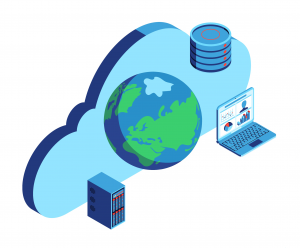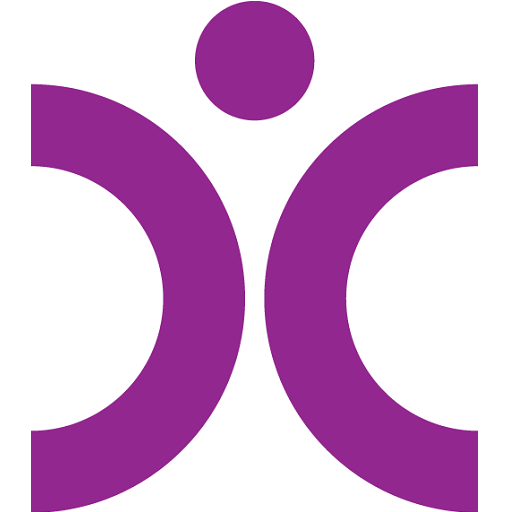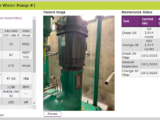Not All Remote Access Is Created Equal
Think Usability and Security
So, you think it might be time to extend your local SCADA system’s information for remote access. As you probably know, this heightened level of access can significantly enhance efficiencies, especially for companies that don’t have staff onsite 24/7 and want to be able to view and control their information and systems when they are not near their equipment. But not all solutions for remote access are alike. Before making any decisions, it’s worth understanding your options and how they differ.
There are a couple of popular ways to achieve remote access: you can either use a local web-based solution or a cloud-based solution. While both allow users to view and control information and systems remotely through a standard web browser, they do it in different ways. The table in this white paper highlights the fundamental differences between the two approaches.

Various local solutions provide options for remote access, but they have pitfalls that are worth noting.
Usability
Many industrial applications now have programmable logic controllers (PLCs) with built-in web browsers that allow companies to monitor essential statistics about the processor and diagnostics. This added capability is useful for qualified technicians but not for the people operating the equipment it is connected to because the information isn’t specific to their process application.
Security
Many local web-based solutions leverage popular services like Microsoft IIS. These can be very secure when coupled with SSL, multi-factor authentication, and proper firewall usage, but they are usually only set up with firewalls.
Popular HMI, SCADA, and OIT that are installed on premise include add-on software or built-in capabilities that allow the software to be extended to the Internet and enable access to much of the information that is available locally. With such systems, security is handled through standard user logins and passwords typically configured by someone experienced with routers and networks but not qualified to provide a truly secure system.
While a company’s most significant concerns are typically about security, local web-based solution providers often sell their product based on product features, with little or no focus on how the information is secured or what kind of technical staff is required to install it and keep it secure in the future. Larger companies can afford to bring in outside resources to handle such concerns, but that approach may be out of reach for businesses with smaller budgets. Faced with having to manage the complexities on their own, these smaller companies may find themselves with a product that isn’t as secure as expected and potentially requires frequent servicing.
The bottom line: you can get remote access to your systems and information in various ways, but you can achieve complete usability and the highest level of security and availability when you choose a cloud-based solution.
Blog Categories
- Alerts & Notifications (4)
- Cloud Security (5)
- General Blog Articles (12)
- Industry Tips & How-To (2)
- Remote Monitoring System (1)
- Solutions & Partners (4)
- The Cloud (9)
Follow us on
About The Author
The President and founder of Data-Command with over 25+ years of business development, 35+ years of automation, and 40+ years of software development experience. In 2005, Data-Command was born from his passion to provide information to municipalities and industry that would have a positive impact on their operations, and he has never lost this passion.


